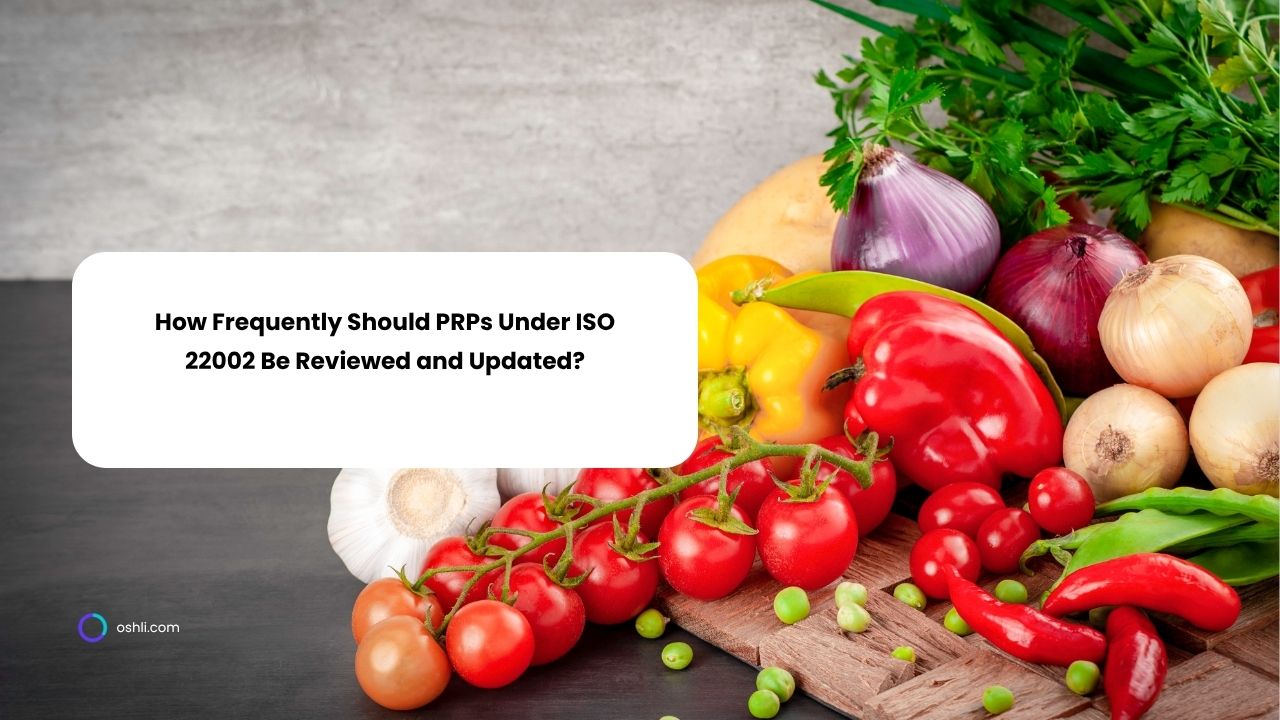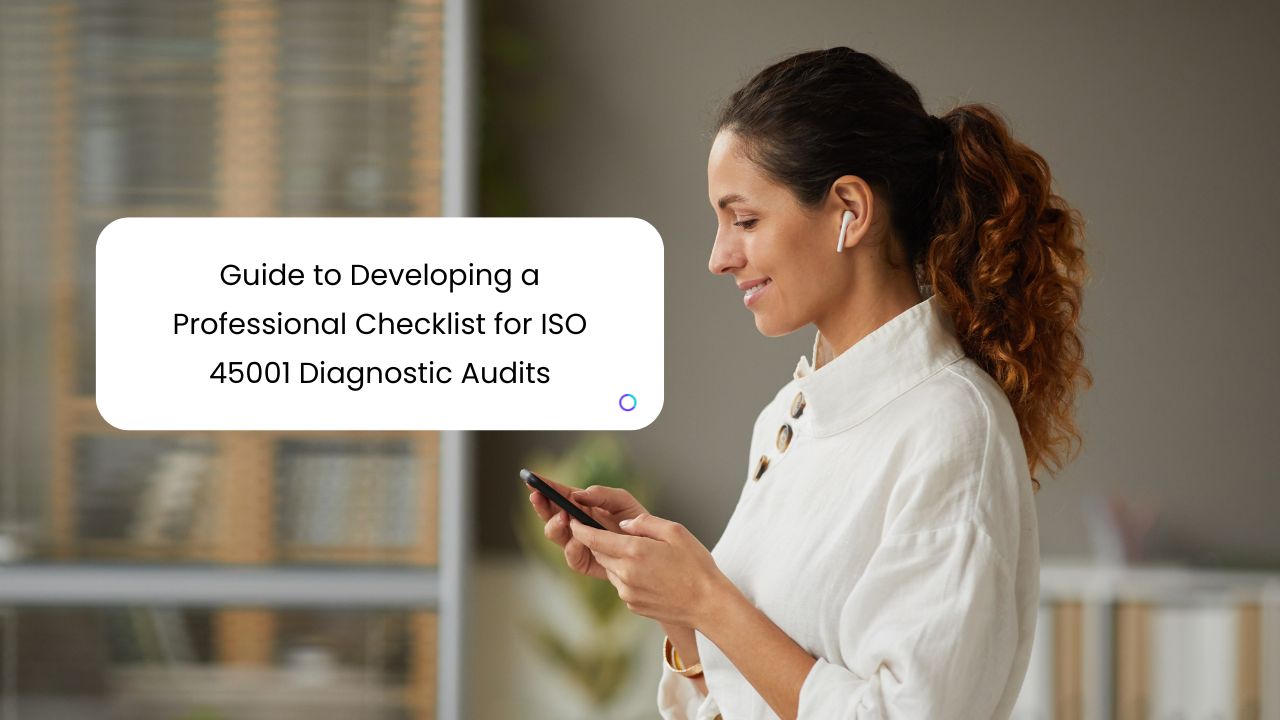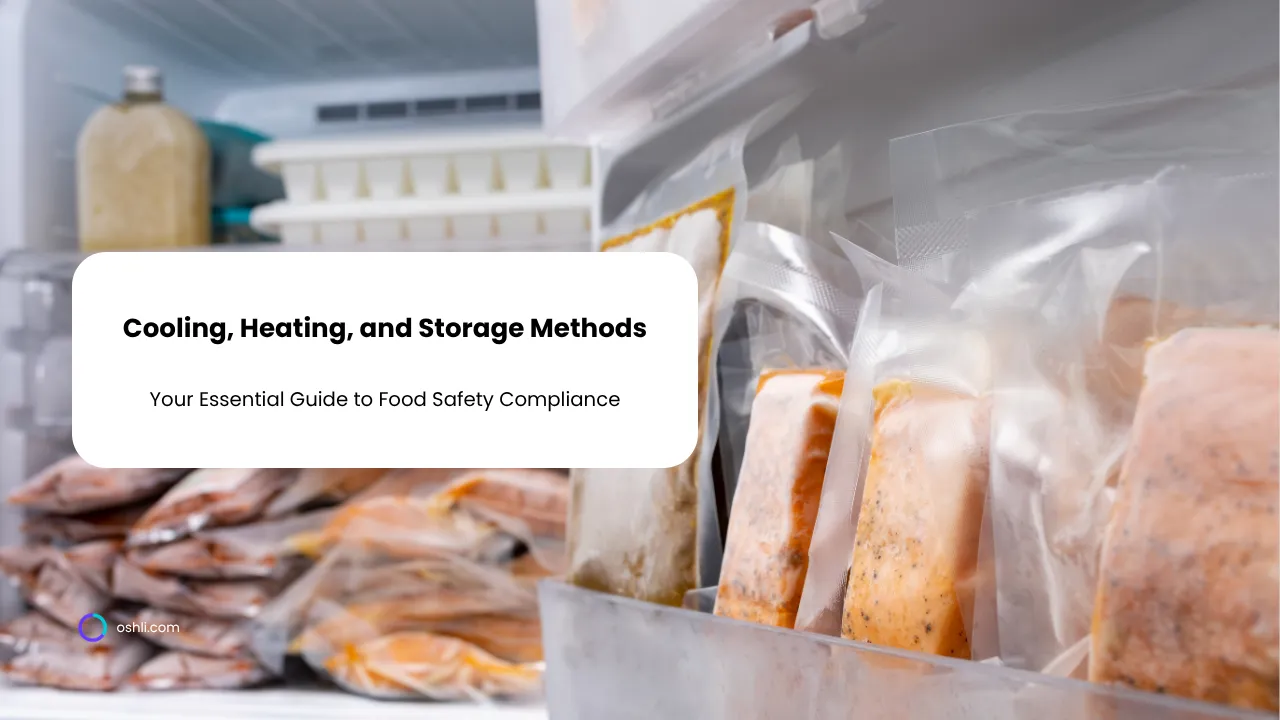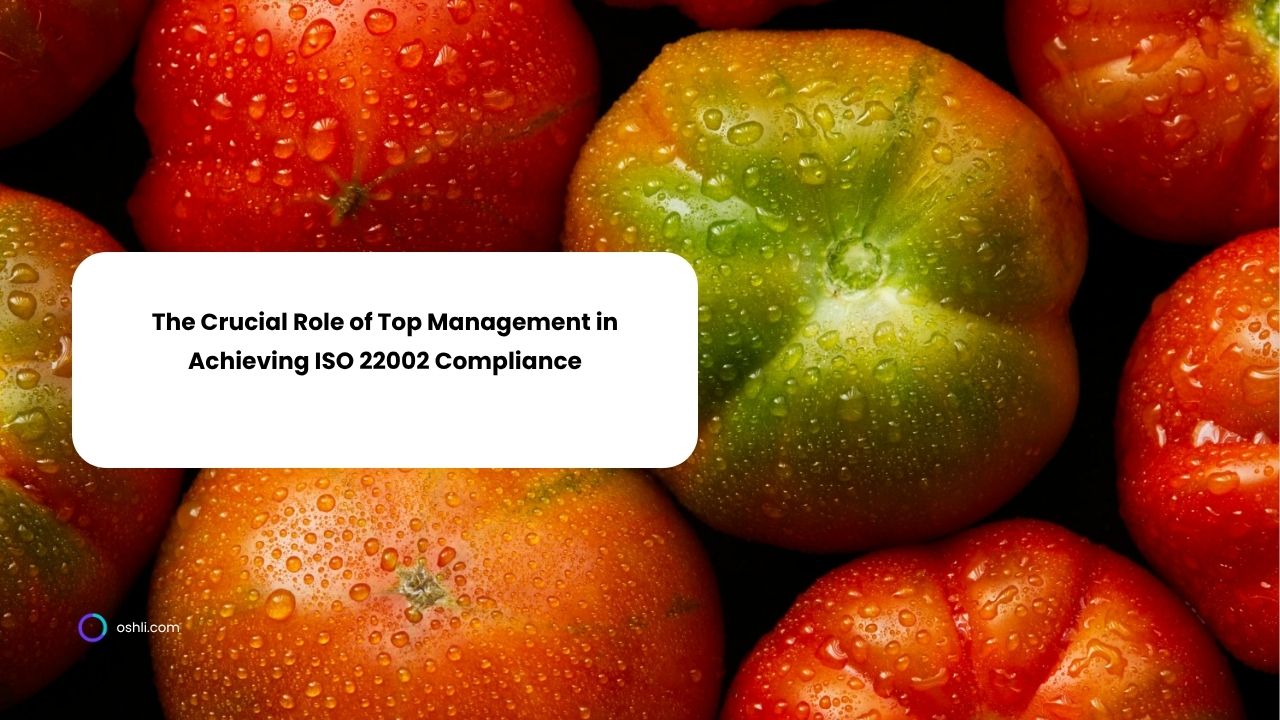
How Frequently Should PRPs Under ISO 22002 Be Reviewed and Updated?
In the dynamic world of food safety, maintaining robust Prerequisite Programs (PRPs) is essential for compliance with ISO 22002 standards. As a food safety professional, you know that PRPs form the foundation of your Food Safety Management System (FSMS), controlling hazards before they reach critical points. But how often should you review and update these programs? Let's dive into this vital topic with a friendly, expert lens to help you stay ahead.
Understanding PRPs in ISO 22002
ISO 22002 outlines sector-specific requirements for PRPs, such as hygiene, pest control, and facility maintenance, ensuring a safe environment across the food chain. These programs aren't static; they evolve with your operations, regulations, and risks. Regular reviews prevent gaps that could lead to contamination or non-compliance.
Recommended Review Frequency for ISO 22002 PRPs
While ISO 22002 doesn't prescribe a rigid timeline, it aligns with ISO 22000's guidance in ISO/TS 22004, recommending annual reviews as a minimum. This ties into the management review process, where top leadership evaluates the entire FSMS, including PRPs. Why annually? Food safety landscapes shift—new pathogens emerge, supply chains change, and tech advances like AI monitoring offer fresh PRP enhancements.
However, frequency isn't one-size-fits-all. Trigger-based reviews are crucial: - After incidents or near-misses: Immediately assess PRP effectiveness. - Regulatory changes: Update for new laws, e.g., EU food hygiene directives. - Process modifications: New equipment or suppliers demand PRP tweaks. - Performance data: If audits reveal trends, review quarterly.
For high-risk sectors like dairy or meat processing (ISO 22002-1), semi-annual checks might be wise to align with HACCP validations.
Best Practices for PRP Updates
Updating PRPs keeps your team proactive and compliant. Start with a cross-functional team—quality, operations, and maintenance—to conduct thorough audits. Use tools like digital checklists for efficiency.
Key steps: 1. Gather data: Review audit reports, supplier assessments, and monitoring logs. 2. Risk assessment: Identify gaps using hazard analysis. 3. Implement changes: Train staff on updates, e.g., enhanced sanitation protocols. 4. Document everything: Maintain records for certification bodies like FSSC 22000.
Incorporate SEO-friendly keywords like 'ISO 22002 PRP review frequency' and 'updating prerequisite programs food safety' in your documentation for better internal searches too!
Benefits of Timely PRP Reviews
Frequent reviews reduce recall risks by up to 25%, boost efficiency, and foster a safety culture. They're not just compliance checkboxes—they safeguard consumers and your brand.
Final Thoughts
Aim for at least yearly ISO 22002 PRP reviews, ramping up as needed. By staying vigilant, you'll ensure food safety excellence. Got questions? We're here to help—reach out for tailored advice!
Join our newsletter!
Enter your email to receive our latest news.
Don't worry, we don't spam
Related Articles

Guide to Developing a Professional Checklist for ISO 45001 Diagnostic Audits
The ISO 45001 standard establishes a framework for Occupational Health and Safety Management Systems (OHSMS), aiming to enhance employee safety, reduce workplace risks, and create safer working conditions. A diagnostic audit aligned with ISO 45001 is a proactive approach that allows organizations to assess current compliance, identify weaknesses, and prioritize improvements. Central to this process is a professionally structured checklist that ensures consistency, accuracy, and depth in audit execution.

Cooling, Heating, and Storage Methods: Your Essential Guide
Discover how to create a cooling, heating, and storage methods template to ensure food safety, meet compliance, and optimize temperature control with free templates.

The Crucial Role of Top Management in Achieving ISO 22002 Compliance
Explore how top management's leadership drives ISO 22002 compliance, ensuring robust food safety management through commitment, policy, and oversight.


